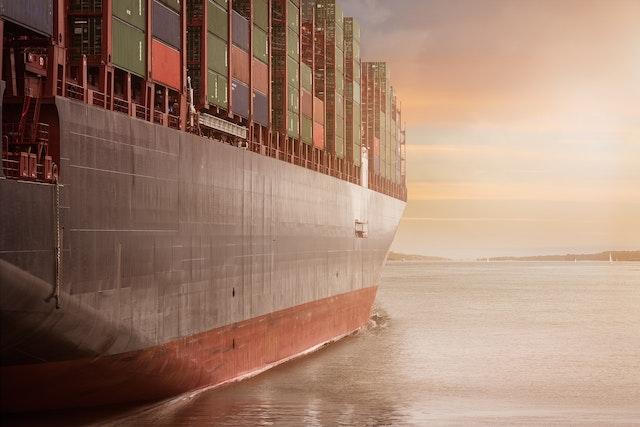Supply chain: from breakdown to revolution
10 Octubre - 2022
Oriol Montanyà
Vice-Dean for Development & Partner Programs
Director of the Sustainability Observatory and the Postgraduate Course in Total Supply Chain Management
__
"Only when the tide goes out that do you discover who's been swimming naked". This well-known quote from Warren Buffett can serve to perfectly illustrate what has happened to supply chains since 2020, when the health crisis ushered in a seemingly endless escalation of instability that has tested the true resilience of the logistics processes that underpin our economic model.
The tide went out sharply and the fragility of some supply chains was perfectly portrayed, with episodes as mediatic as the stockpiling of toilet paper at the start of the pandemic, the fear of running out of toys last Christmas, or the shortage of sunflower oil resulting from the war in Ukraine.
Such media episodes as the toilet paper stockpile at the beginning of the pandemic or the fear of toy shortages last Christmas showed the fragility of the supply chain
But logistics has not been in the news for months now, as the spectre of shortages has receded. Shipping prices are also returning to a certain normality, and currently bringing a container from China cost 5,900 dollars, a far cry from the 15,000 dollars paid at the end of 2021. Moreover, the volume of exports and imports in 2022 remains unstoppable, with year-on-year growth of 24.8% and 40.7%, respectively, reaching all-time highs for the state.
Back to normal?
Does this mean that supply chain have already recovered and that we are in a model similar to the one we had before covid-19? The most likely answer is no. The only thing that the current apparently calm situation indicates is that the tide is coming back in, but this does not mean that underwater we have the same scenario. In fact, many companies have taken note of what has happened in recent years and have implemented revolutionary decisions that are changing some seemingly immutable logistical paradigms.
The first mantra to fall was that unit product cost had to be the primary objective of any value chain, even if this meant moving production away to regions with cheaper labour. Today, economic efficiency is still important, but with a growing tendency to shorten distances and bring processes closer together. For it has been amply demonstrated that excessively long supply chains have associated risks that can threaten their very survival.
The turbulence of recent times has brought about a real change in logistics paradigms: more proximity, more stock and more integration
For example, as the Spanish digital newspaper El Mercantil revealed, the textile industry has been redesigning its supplier map for months now, opting for raw materials that are closer to home, with the aim of reducing dependence on cotton, which makes them extremely vulnerable. Along the same lines, the construction of the first two electronic chip factories in Europe has already been announced, one by Intel in Germany and the other by STMicroelectronics in France. These moves are the result of the ambitious European Chip Law, which aims to reverse a situation that has shaken the all-powerful automotive industry.
Another management archetype that is being questioned is the one that defended a segmented vision of the supply chain, with very aggressive commercial relationships anchored in a logic of auctioning to the highest bidder. Seeing how this model negatively affects the resilience of logistics processes, more and more companies are opting for collaborative strategies and stable relationships. As a consequence, multiple cases of vertical or horizontal integration are emerging, to the point that companies such as Amazon, Ikea or Lidl have decided to manage their own shipping companies and thus avoid the inconsistent link with the oligopoly of the maritime business.
Movements in the value chain herald a new business model: less globalised and more resilient
At the same time, one of the totems most revered by logistics professionals over the last 40 years has fallen, namely stock reduction. Reducing stock had ceased to be a means to an end and had become an end in itself. But organisations recognise that they are also changing their mindset in this respect, understanding that tight flow chains are not always the best option. This is reflected in the McKinsey study on the most significant changes that supply chains are undergoing, which shows that "most companies are planning to pull multiple levers, focusing on increasing inventories of key products, components and materials".
All these movements place us on the threshold of a new trade model, less globalised and more resilient. In fact, although the economic value of exports and imports has grown (largely due to the effect of inflation), if we look strictly at the movement of containers in 2022, we will realise that it has fallen by 3.3% in Spain and 2.4% worldwide. These are very relevant data that are showing us the tip of the iceberg of the new supply chains. Although, of course, there will always be immobile companies that will prove right another of Warren Buffett's acclaimed theories: "What we learn from history is that people don't learn from history".
